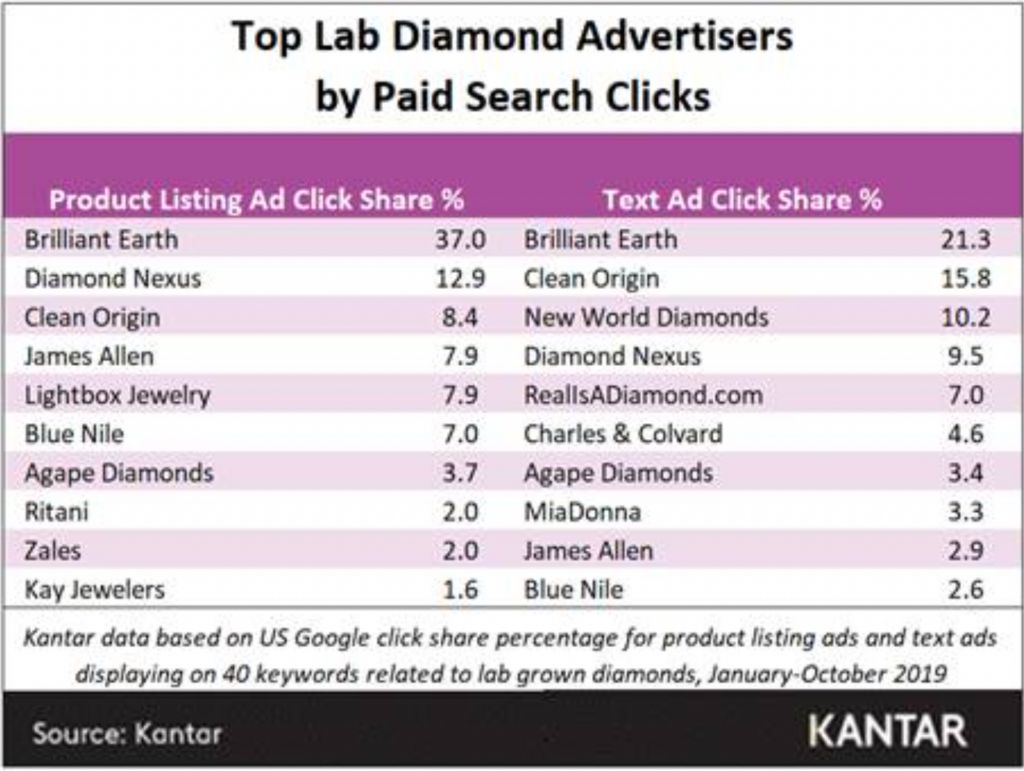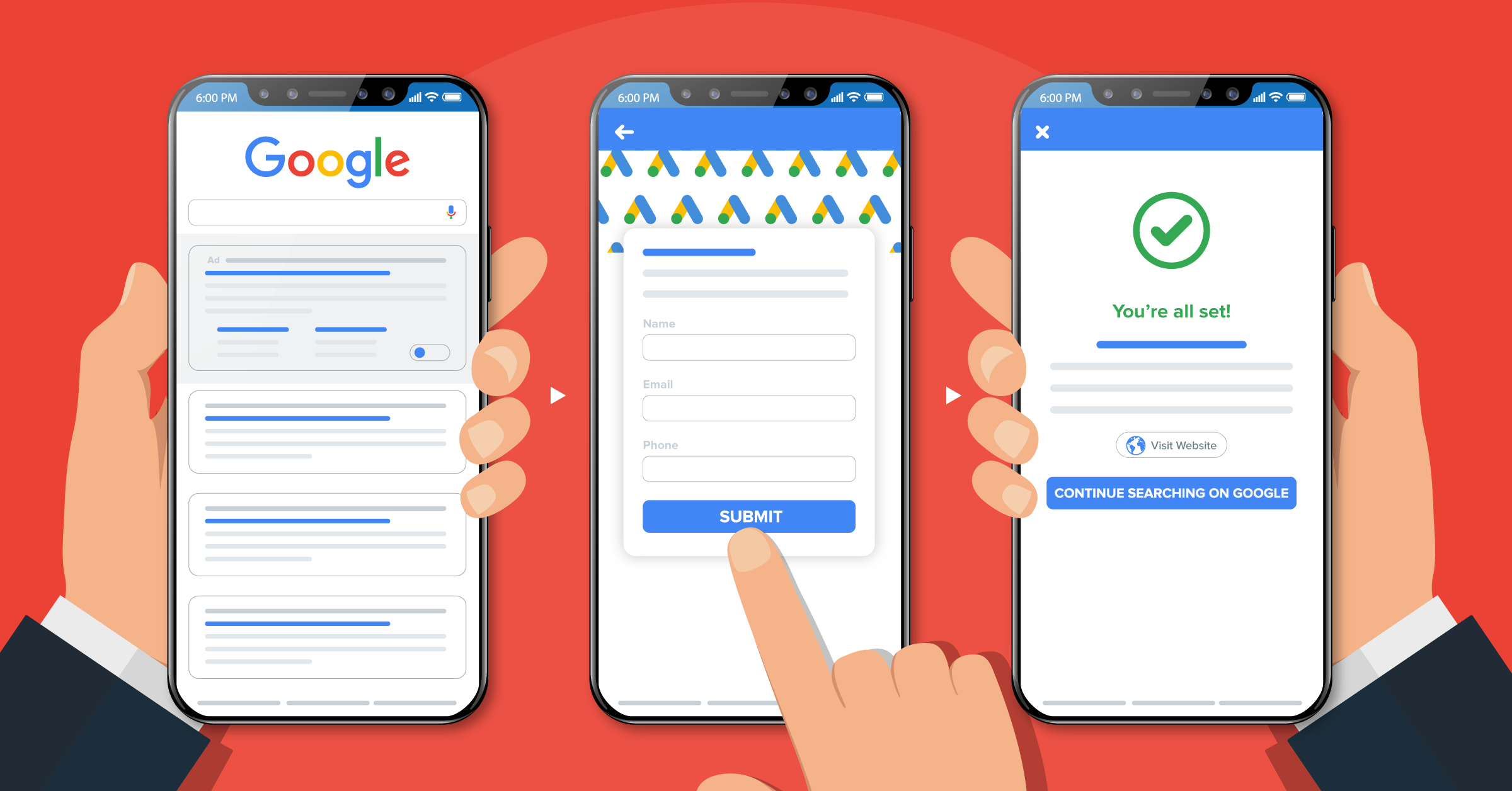
When it comes to pay-per-click (PPC) advertising with Google Ads, many factors determine the success of your campaigns.One of them is your Google Ads campaign structure. A well-designed structure ensures your ad shows up in front of the right audience at the right time.
This leads to a better Quality Score, better results, and better prices.
When you carefully organize campaigns, ad groups, ads, keywords, and targeting methods, you can unlock the true potential of your campaign efforts.
This blog post will walk you through how to build a solid foundation for Google Ads campaign success.
- Why is a good Google Ads campaign structure important?
- How to structure Google Ads campaigns
- 6 Google Ads campaign structure best practices
- 1. Optimize each component of your Google Ads campaign structure
- 2. Make sure your campaign structure supports your goals
- 3. Give some thoughts to your campaign names
- 4. Create a separate search campaign for brand keywords
- 5. Support your ads with relevant landing pages
- 6. Test different campaign structures
- Bonus best practice: Use an integration platform
- FAQ
- Key takeaways
Why is a good Google Ads campaign structure important?
To answer why Google Ads campaign structure is important, we should talk about what Google ad structure is in the first place.
Google Ads is essentially organized into three layers, which are accounts, campaigns, and ad groups. Then, each ad group contains a set of similar keywords and ads.
Let’s look at these elements in more detail.
- Account: This is the first level of your Google Ads campaign structure. Your account includes all the information about your business and PPC ads. When you set up your Google Ads account, you’ll include your account name, time zone, billing information, language, etc.
- Campaigns: A campaign is an overview of your ad, often tied to a specific b2c advertising goal or purpose. For this reason, you might have multiple campaigns. You can run many different campaigns on Google Ads, including search, display, video, shopping, discovery, and performance max campaigns.
- Ad groups: An ad group is a set of ads with similar goals.
- Keywords: Keywords are words or phrases that determine how Google will display your ads in the search engine results pages (SERPs).
- Ads: Your ad is the final product of your campaign. Your customers will see it when they type in a specific search query.
Now that you have a general understanding of the Google Ads account structure, let’s look at an example.
Imagine that you’re a jewelry brand like DiamondWish. Choosing the lab-grown diamond category when signing up for advertising on Google paid search defines your account level.
At the campaign level, you go with one campaign for lab-grown jewellery.
- Ad Group A is US – Women – Tennis Bracelets – Increase Conversions.
- Ad Group B is US – Women – Diamond Necklaces – Brand Awareness.
Ad Group A keywords are lab-grown diamond tennis bracelets, lab-grown diamond bracelets, and tennis bracelets with lab diamonds.
Ad Group B keywords are lab-grown diamond necklaces, sustainable diamond pendants, and necklaces with lab diamonds.
This is an example of a well-organized ad campaign structure. And it’s likely that lab-grown jewelry brand Clean Origin followed a similar structure. It ended up ranking third in product-listing ads with an 8.4% click share and second in text ads with a 15.8% click share.

Clean Origin’s success indicates that the more structured your ad campaigns are, the better your campaign’s performance.
How you organize your campaigns will help Google better understand the themes in your account. As a result, Google is more likely to serve your ads to the right audience. The more relevant your ads are to searchers, the higher their chance of clicking through.
This affects your Quality Score, which depends on your expected click-through rate, ad relevance, and landing page experience.
A higher Quality Score means you’re paying less for the keywords your competitors’ ads also compete for. As a result, you’ll have a higher ROI.
How to structure Google Ads campaigns
Here’s an overview of how to create your Google Ads account and set up your first ad campaign.
Determine your account structure
- Sign in to your Google account.
- Enter your business information, including account name, billing info, time zone, auto-tagging, ad suggestions, etc.
Create your campaigns
- Define your advertising goals.
- Set ad location and budget.
- Start with the highest priority and move to the least important campaign.
- Choose the targeting and the type of campaign you want to run.
- Choose a campaign structure based on your website structure, product/service, or location.
Determine the number of ad groups
- Choose your ad group name, bidding strategy, and keywords.
- Aim to have 2–3 ads per ad group.
Perform keyword research
- Start with a few keywords per group.
- Consider using ten so that you have plenty to test.
- Choose from three match types (e.g., broad match, phrase match, and exact match).
Create your ad
- Choose ad components like headlines, descriptions, videos, or images.
- Determine what landing page your ads will lead to.
- Use a compelling call-to-action (CTA).
6 Google Ads campaign structure best practices
Follow these Google Ads campaign structure best practices to optimize your PPC success.
1. Optimize each component of your Google Ads campaign structure
Follow these tips to ensure each component of your campaign structure is well-optimized.
Account
Use “Expert Mode” to get more advanced settings for choosing your target audience, managing your budget, and bidding.
Campaign
Choose your campaign type (e.g., search, performance max, display, shopping, video, discovery, etc.). Optimize your campaigns based on your target audience’s location.
Ad groups
Choose a specific theme for each ad group and create relevant ads around that theme. Create multiple ad groups within each campaign. Then, create a few ads for each ad group.
Keywords
Using a keyword research tool like Google Keywords Planner, choose the right keywords based on your industry or product/service.
For example, when creating an ad for a travel tour agency specializing in Normandy beach tours should focus on keywords such as “World War II tours” and “D-Day tours” to precisely target their audience interested in historical tours of Normandy.

A list of 15–20 keywords for each ad group is a good rule of thumb. Consider the three different keyword match types: broad match, phrase match, and exact match. And you don’t have to choose just one.
Choosing a mix of all three can give you the best of both worlds as you reach a wider audience and take advantage of precise targeting simultaneously.
You might also want to add a list of negative keywords. This will help you exclude certain search terms from your campaigns so that you can focus on only the keywords that matter to your audience.
Ads
Include at least one keyword from the ad group in the headline of your ad. Make sure to use a clear CTA and a relevant landing page.
2. Make sure your campaign structure supports your goals
Your goals will influence the structure of your Google Ads campaign. So, consider having separate campaigns based on each advertising goal.
You can also organize your ad campaigns based on sales funnel stages, conversion action types, product/service types, or geographic targets.
If you want to overcome language barriers, you can consider language targeting and translate your Google Ads.
3. Give some thoughts to your campaign names
Name your campaigns and ad groups so that everyone on your team can immediately understand their goal and purpose.
Try to be as specific as possible by including segmentation details in the name. For example, consider adding the brand, campaign type, location, and device.
4. Create a separate search campaign for brand keywords
It’s important to create separate campaigns for brand keywords and non-brand keywords.
That’s because some users already know your product, company, or services. Therefore, brand campaigns will perform differently from non-brand campaigns. So, you should have a separate budget and management strategy for each campaign.
Also, add your brand keywords as negative keywords in your non-brand campaigns. This will exclude brand traffic in your non-brand campaigns
5. Support your ads with relevant landing pages
Make sure your landing page keeps up with your ad’s promises. Your advertising strategy is the first step to attracting your audience, your ad copy second, and your landing page third. Here’s a complete guide to lead generation best practices.
Your landing page should entice customers to make that final step — purchasing your product. Showcase your product’s benefits, testimonials, and case studies to get those long-awaited conversions.
Popular plumbing service Roto-Rooter does this well. It ranks #1 on Google ads for the term “plumber near me.”

On its landing page, it features a 4.8-star rating from Google.

6. Test different campaign structures
Done setting up your campaign structure? Not so fast. You need to go through your Google ads checklist. Then, testing things out to see which structures work best.
For example, to optimize a Google Ads campaign targeting “apartments for rent in San Diego,” an online rental marketplace should continuously test different structures, such as varying ad groups for luxury and budget-friendly apartments, and experiment with diverse keywords and landing pages.
This A/B testing and analysis approach helps identify the most effective strategies for reaching your target audience and improving overall campaign performance
Bonus best practice: Use an integration platform
An integration platform can make your advertising and marketing experience seamless and headache-free.
LeadsBridge offers Google Ads integrations to help you streamline your advertising efforts and maximize ROI.
Our Google Ads lead form extensions integration allows you to:
- Sync your leads in real-time with your CRM or marketing platforms.
- Send new leads to your CRM or marketing platform in real-time as soon as they come in. This avoids the effort of manually downloading lead lists from Google Ads and the risk of errors during the process.
- Follow up with your leads immediately, making them more likely to convert
You can retarget your CRM segmented lists on Google Ads with Google Customer Match integration. Doing this allows you to:
- Use your CRM’s first-party data to retarget your audiences on Google, enhancing the chances of conversions of your existing customers with upselling and cross-selling.
- Build lookalike audiences from your CRM segments, so you can reach groups of potential customers with similar traits and interests to your most valuable customers.
- Consistently update your Google audiences, as new, incoming contacts are automatically added to the audience. If a contact decides to opt out of your list, LeadsBridge will automatically remove it from the custom audience.
FAQ
Can you duplicate Google ad campaigns?
Yes, you can duplicate Google Ads campaigns. All you have to do is to sign in to your Google Ads account and navigate to the “Campaigns” section.
Find the campaign you wish to duplicate and check the box next to it. Then, click on the “Edit” drop-down menu and choose “Copy” (or use the shortcut Ctrl+C for Windows or Command+C for Mac).
Then, deselect the campaign and click on the “Edit” menu again, followed by selecting “Paste” (or use Ctrl+V for Windows or Command+V for Mac). These simple steps will create a duplicate of your selected campaign.
Find out the best Google Ads – CRM integrations here.
How many Google ad campaigns should I have?
There is no set-in-stone rule for the number of Google ad campaigns you can have. The ideal number of Google ad campaigns depends on various factors:
- Your business goals
- Your budget
- The diversity of the products or services you offer, among others.
It’s important to structure your campaigns to align with your specific objectives and target audiences. For instance, if you have a specific product line or provide niche services, it’s best to create a separate campaign for each. This practice can help in better targeting and budget allocation.
Keep in mind that managing too many campaigns with a limited budget can dilute the result. You don’t want each of your campaigns to receive sufficient funds. So balancing the number of campaigns with your available resources is the key to ensuring the best possible use of your time and marketing dollars.
Learn more about Google Ads costs here.
Key takeaways
The best Google Ads campaign structure aligns with your business goals, organizes campaigns by theme, uses different ad groups with relevant keywords, includes compelling ad copy, and directs traffic to optimized landing pages.
But, like many elements of a paid search strategy, the best campaign structure will vary. That’s why it’s a good idea to review it constantly to see what works and what doesn’t.
Following these Google Ads campaign structure best practices, you can optimize your campaigns before setting them up. That way, you won’t have to worry about overhauls and can make small changes over time. Looking to optimize your campaign performance? Discover LeadsBridge integrations for Google Ads today.

















